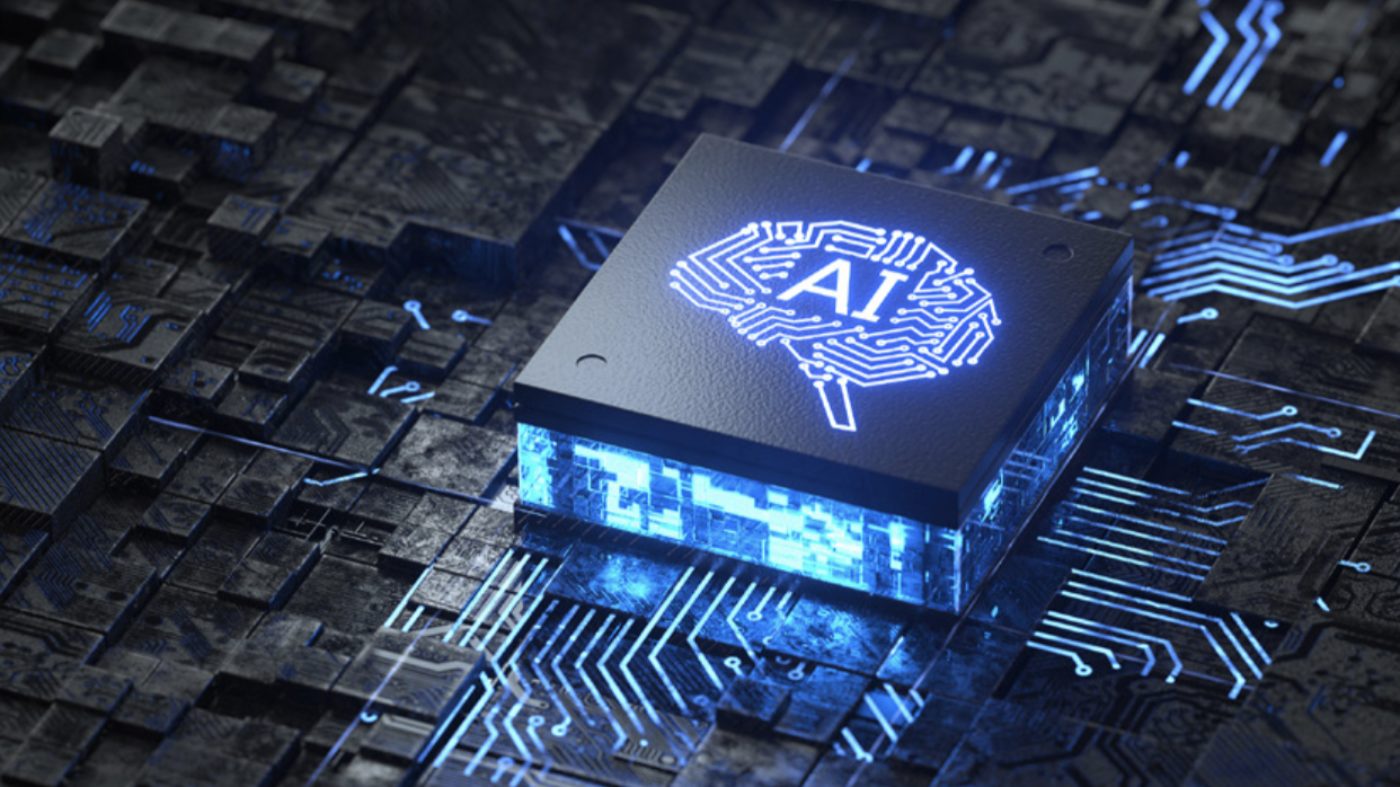Alex Chatzistamatis, senior principal enterprise architect with Nuix, discusses the ways that technological advancements like machine learning and artificial intelligence are shaping the future of e-discovery and other areas of the legal profession.
CCBJ: What are some of the most pressing challenges facing corporate legal teams at this stage of the COVID-19 crisis?
Alex Chatzistamatis: If you take COVID-19 as a whole, obviously it has thrown a huge monkey wrench into many areas of litigation with an uptick in litigation itself – whether it’s legal disputes, contractual issues, financing, employment, etc. When you get into the weeds about the challenges that ultimately underpin these things, the biggest issue that all corporate legal teams are facing is, remote employment.
I look at this from two facets. One is the remote employees. That’s basically you and me and really everyone who is doing their day-to-day job from home, but there’s also another aspect of that, which is the people who are tasked to collect and preserve electronically stored information (ESI) from the broader workforce. Generally, those are going to be investigators or any discovery practitioner within an organization that’s tasked to do that work. It’s actually pretty challenging when you think about it, especially with all of the various barriers and roadblocks that have presented themselves because of the whole work-from-home model that we’ve all been restricted to. Virtual private networks (VPNs) and other cloud-based firewall technologies often stand between the remote employee and the folks that are attempting to gather and collect that data. So that’s a huge component. And in my role with Nuix, I interface with customers and clients of all shapes and sizes from the corporate world on a daily basis, Evolving Technology Brings New Challenges, and New Solutions and I can tell you it’s something that every single one of them wants to talk about almost nonstop every day.
The second facet of this is ultimately the data sources themselves – specifically, I mean modern cloud-based data sources, many of which don’t even have a legal precedent yet. There are many philosophical debates about how to deal with some of these modern data sources, which quite frankly, the courts haven’t addressed. So I would say those are really the two biggest challenges right now: remote employment and modern cloud-based data sources.
What are some new sources of threats that corporate legal teams should be concerned about or have on their radar?
This is really an extension of what I was talking about regarding the last question, but again, it’s these modern data sources. We aren’t talking about emails, Word documents and loose files anymore. Now we’re dealing with more collaboration tools. Think about tools like Microsoft Teams, Slack or Zoom, where there are just these constant streams of chats and recordings – live streams, recordings, audio calls, you name it. These are technologies that corporate legal teams really haven’t faced in the past, and it’s challenging to figure out how to obtain this data, how to work with it, how to respond to it, and how to do it at scale.
Another type of data source to have on your radar is back-up tools. There’s been a trend in the last few years toward cloud-based backup solutions like Druva, for example. Some organizations are replacing traditional endpoint collection tools with something like Druva, and it’s actually a pretty smart way to solve that problem. But of course, it also presents some challenges in terms of being able to then obtain that data, making sense of it and using it as part of a litigation.
I would also say that this concept of “shadow IT” is another threat that corporate legal teams should be concerned about. And by shadow IT, I simply mean any type of platform that is external to the organization that employees might be working with. So, for example, if you think about apps like Facebook, iMessage, WhatsApp, those are all various types of backdoor channels. They might start out innocently. You might have workplace discussions going on behind the scenes –innocent conversations, at least at first, that ultimately could lead to workplace culture issues, or various other discussions that could potentially escalate into something like an insider threat.
Unsupervised machine learning actually achieves better effectiveness than traditional supervised machine learning.
What would you say are the most important innovations you’ve observed in e-discovery in recent years?
There have been so many in the last few years, and I don’t know that I could even really pick one, because there’s a great deal of exciting developments these days. So, in no particular order, I would say, the growth in artificial intelligence (AI) and machine learning, specifically technology assisted review (TAR). These days, we call it CAL, continuous active learning. There are lots of studies out there that indicate that unsupervised machine learning actually achieves better efficiencies and effectiveness than traditional supervised machine learning, where you’ve got one or more humans basically sitting there and manually making decisions about a subset of the data. Those study results ultimately prove that there are superior results with less review efforts and less manual human interaction with the data. In my opinion, that’s probably one of the biggest ones, and the fact that folks are finally starting to really embrace it, even though the technology has been around for some time – probably at least a decade or more at this point. But the fact that it’s really starting to gain traction and achieve wide acceptance is huge.
The next important innovation, I would say, is cloud computing. I’ve worked with plenty of organizations that really want to solve their problems, but at the end of the day, acquiring the hardware or other storage platforms is a huge hurdle. But cloud computing has really helped to reduce that barrier to entry, specifically for organizations that are looking to bring e-discovery or other kinds of ESI solutions in-house. And on the flip side, for software vendors, it has allowed them to build some really awesome, scalable solutions that they can easily deploy to their clients worldwide. Our chief data scientist, David Sitsky, is cooking up some really amazing things for Nuix using cloud services. It really is eye-opening when you see how powerful and easy it is to adopt and recognize benefits from cloud technologies.
But the one that’s nearest and dearest to my heart is automation. In the last few years, we’ve seen an uptick in automation across all industries, but it’s only in the last 12 months or so that I’ve really started to see it pick up significantly in our industry. Business process management (BPM) tools, robotic process automation (RPA) tools, like CAL, which I mentioned before, have been around for a while, but they’re really starting to gain traction and en-able organizations to automate various steps and activities between different tools – potentially even interfacing with non-traditional e-discovery tools, for example. Imagine the possibilities when interfacing with cloud-computing environments, or other enterprise tools, and building a holistic approach to solving e-discovery challenges.
How has the relationship between legal teams, information technology, and other areas within the enterprise evolved in recent years, especially as it relates to handling and using electronically stored information?
Over the last few years, I’ve really seen an increase in the number of organizations that are unifying these areas and bringing these teams together – where technical teams are starting to work with nontechnical teams, laying out all of the business challenges, the technical challenges, the philosophical issues. So instead of continuing with the traditional siloed approach, where everyone has their own tools and is doing their own thing – whether it’s worrying about e-discovery or investigative issues or data privacy or whatever it is – they’re approaching these issues holistically. Because independently, there’s only a certain amount that you can do, but if you group these different business units together, you start noticing, “Oh yeah, we’ve got those pain points. We have those same challenges. We solve these problems with X tool and we do it with Y tool.” The relationships that are formed between those groups when you bring them together leads to a more collaborative, unified approach. And that ultimately leads to an organization being able to reduce the number of tools that it uses.
When you consolidate all of these groups, you end up leveraging much of the same technology and tools to solve the various data challenges, which are actually fundamentally similar. Then you can really start introducing automation, which, ideally, crosses different use cases or disciplines, such as e-discovery, cybersecurity investigations, etc. And that’s ultimately where, if you do it right, you can create value and really make the organization shine. You can control outside costs; you can make faster, more informed decisions; you can simplify your workflows; you can respond more quickly to requests and challenges. And ultimately, that leads to improving your data security and protections.
These collaboration tools are technology that corporate legal teams really haven’t faced in the past.
What are the highest priority technology considerations for corporate legal teams in 2021?
We can break this down into two areas. One of them is the AI and ML. I firmly believe that, across the board, this technology is still in its infancy, but especially the way it is used in our industry. So beyond the traditional CAL approach that we’ve already talked about, I think we will see AI expand and rise into other areas, like privileged review, personal information detection and auto-redaction, and more. The ability to use unsupervised machine learning to dive into these different areas will be huge. And being able to do it at scale, very quickly, with little to no human interaction, will truly be a game changer for organizations.
Then the second aspect of this is what has come to be known as data warehouses or “reusable litigation repositories.” When you think about how e-discovery generally works, it’s the same repetitive process. There is a great deal of time and resources wasted by having to manually go back to the well, so to speak, and basically grab the same data over and over and over again. A data warehouse will allow you to be able to use your pre-existing data sources to build a single repository that contains the data you need for your frequently litigated custodians, which you can instantly search for, at any time. Whether it’s for discovery, or for an investigation or a regulatory response, there are many ways that you could leverage this type of solution. Having that always-on repository will allow you to find the answers you need faster and really show the full, complete picture to the teams that need it, instead of having to reinvent the wheel every single time.
Published February 2, 2021.



